Across Canada, communities of all sizes are quietly working toward more environmentally friendly practices. From clean energy initiatives to improved waste management and green urban planning, these cities and towns are exploring ways to create more sustainable futures. While progress varies and sustainability is always a work in progress, these communities are recognized for taking measurable steps toward better environmental stewardship. Here’s a look at some of the places gaining attention for their green efforts.
Whistler, British Columbia

Whistler has introduced programs focused on waste diversion and energy use reduction. Tourism-focused towns face unique sustainability challenges, but the community is attempting to balance growth with environmental impact. Whistler’s public transportation system has been expanding. Local organizations are promoting sustainable tourism practices. Continuous efforts aim to address long-term environmental concerns.
Calgary, Alberta
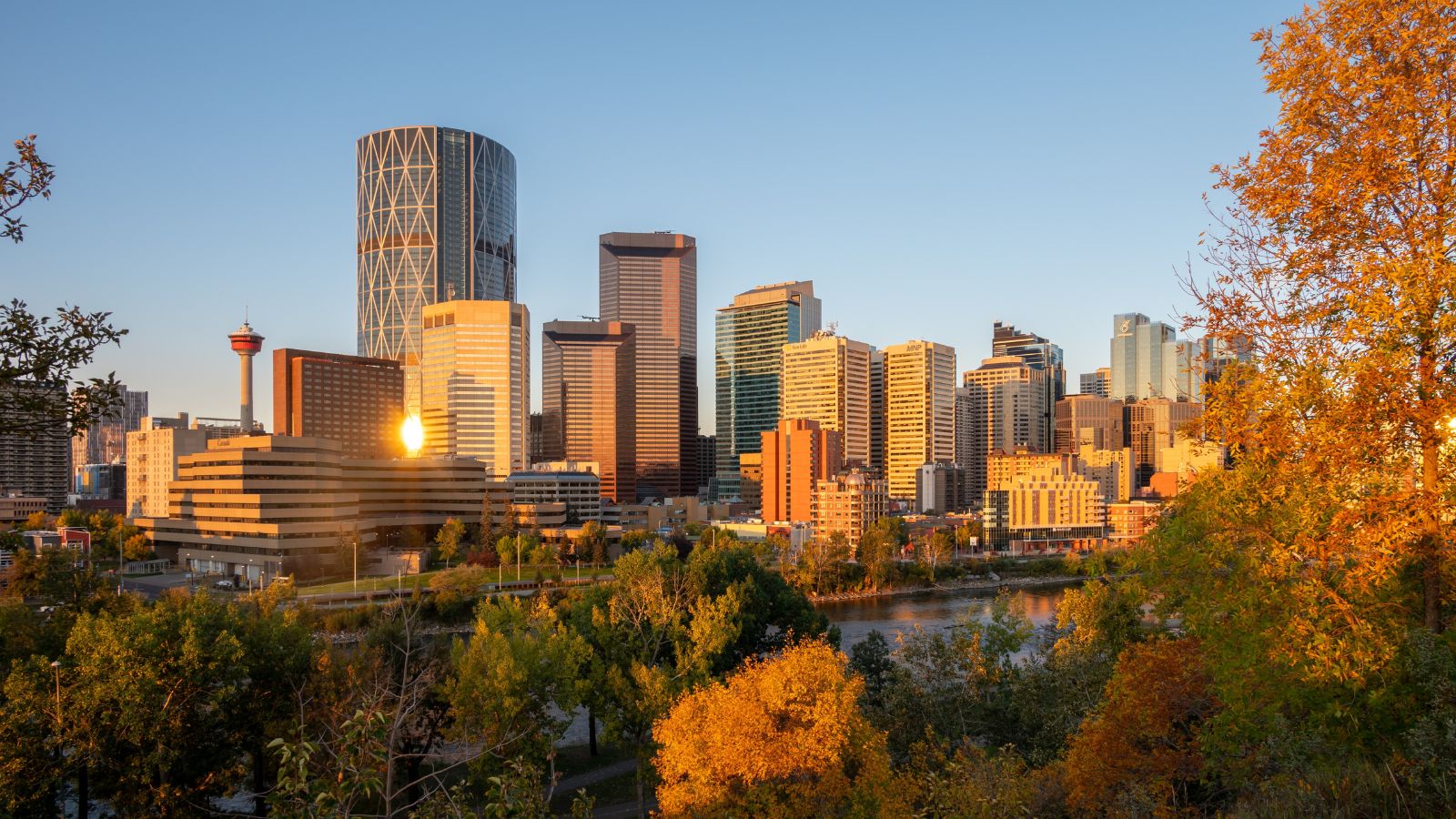
Calgary has launched several initiatives to support the transition toward renewable energy and emissions reduction. Urban planning has increasingly factored in sustainable development principles. Some neighborhoods are exploring green building certifications. Clean tech industries are also gaining interest. These are steps toward more environmentally conscious urban planning.
Edmonton, Alberta
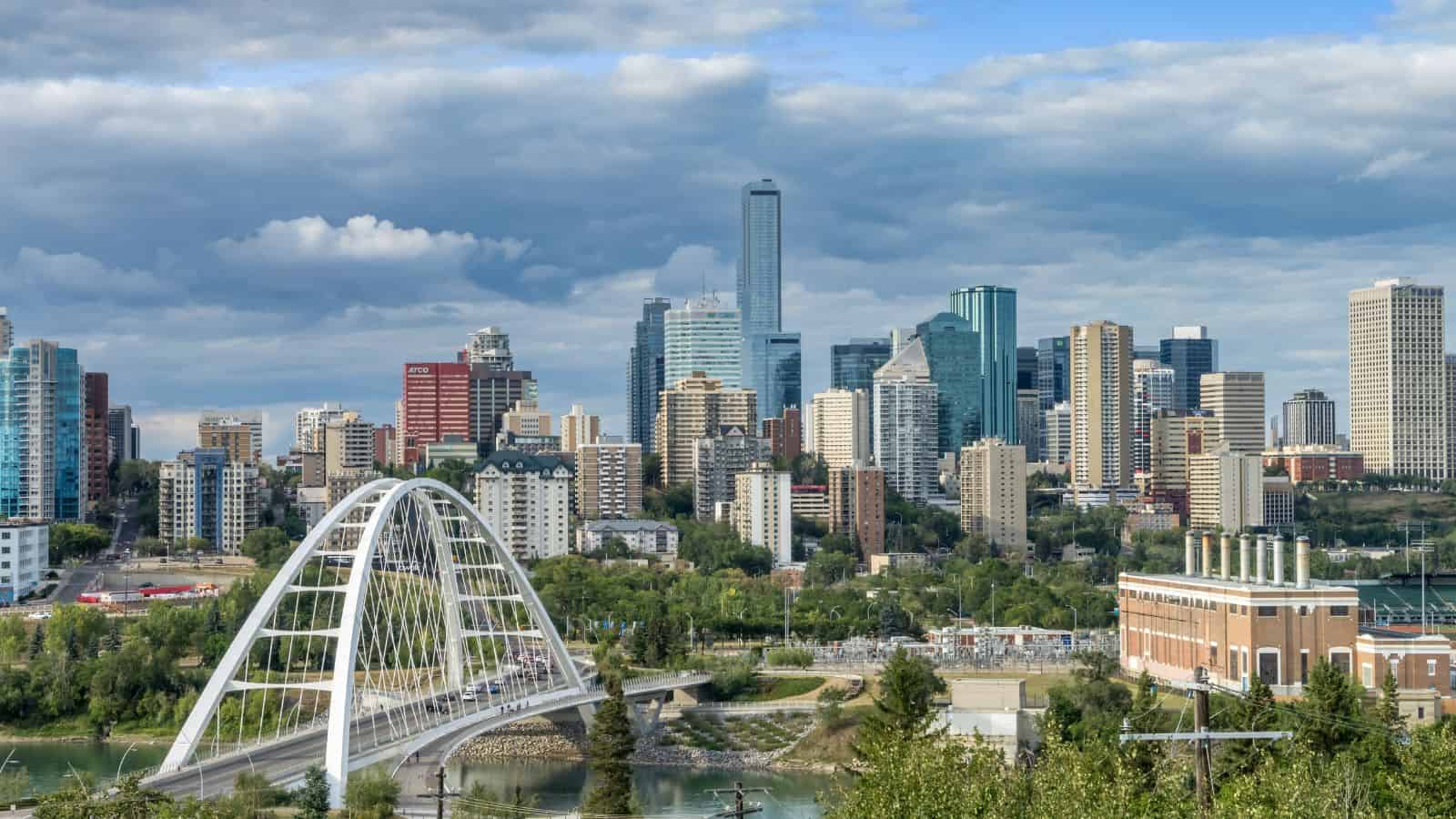
Edmonton’s sustainability efforts include green building designs, energy-efficient neighborhoods like Blatchford, and public education campaigns. The city has invested in electric buses and is working on upgrading older infrastructure. Local food initiatives and urban gardening are also encouraged. These actions align with broader climate-related goals. Progress is being made at different levels.
Saskatoon, Saskatchewan
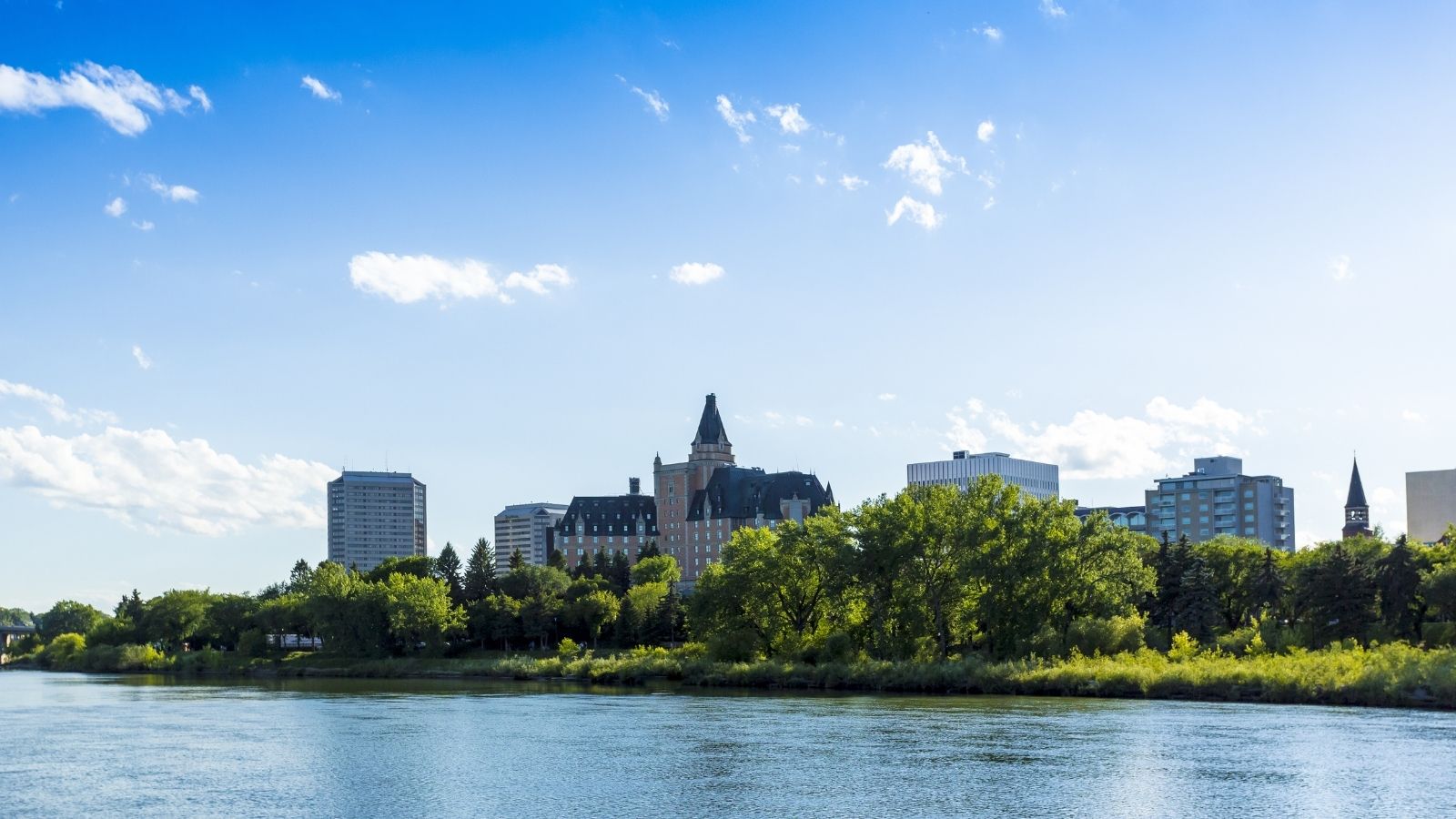
Saskatoon has been developing plans to address energy conservation and climate resilience. Initiatives include waste diversion programs and educational outreach. Community gardens and bike lanes are becoming more common. There is interest in discussions on renewable energy at the local level. Saskatoon’s approach is evolving with time and public involvement.
Regina, Saskatchewan
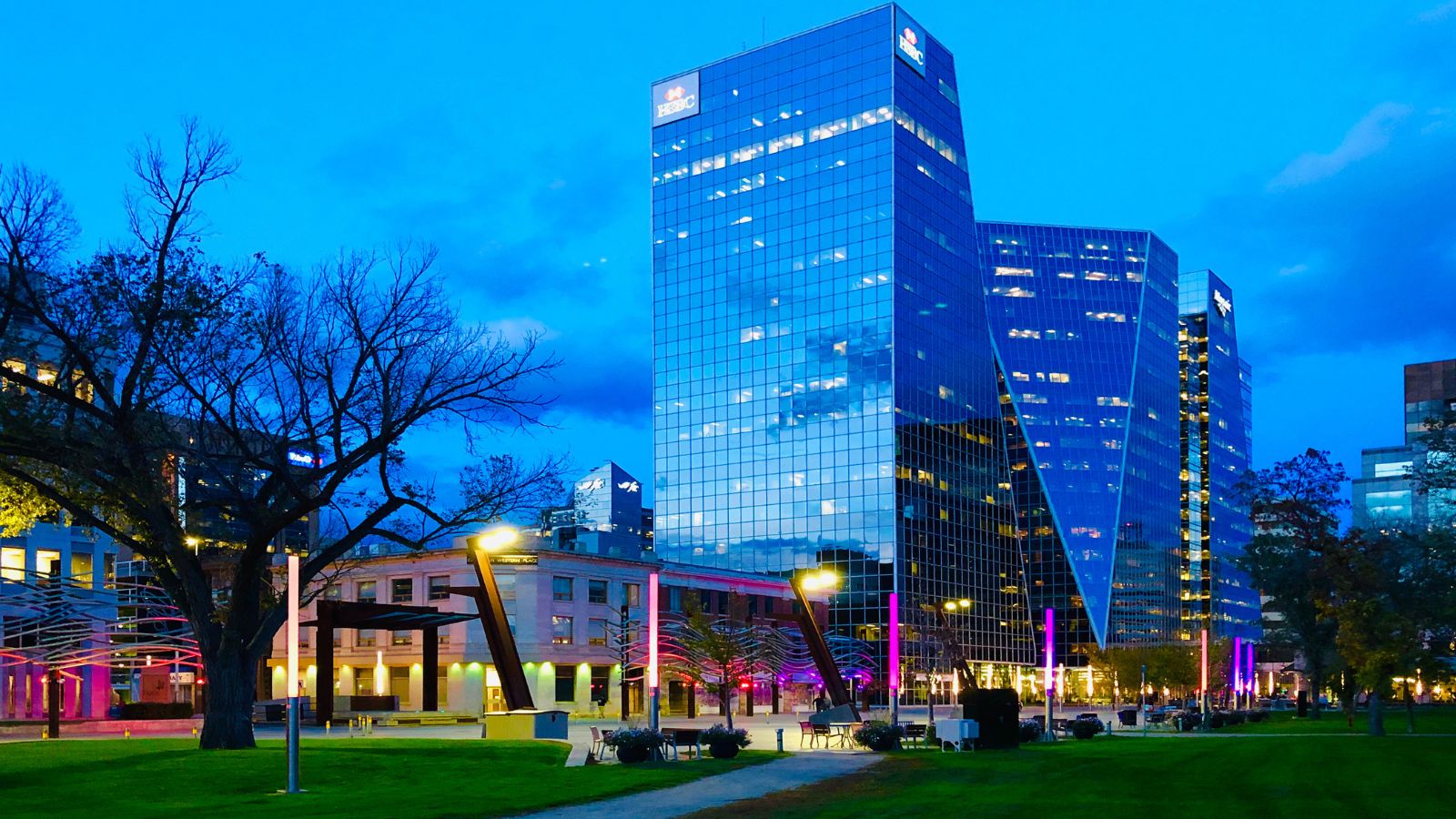
Regina has introduced a sustainability framework with goals around greenhouse gas reduction and renewable energy. Public consultations are part of ongoing climate planning. Infrastructure projects are being evaluated for their environmental impact. The city is supporting educational events and partnerships. These initiatives represent steps toward a greener future.
Winnipeg, Manitoba

Winnipeg is working on improving public transportation and waste management systems. Sustainable housing and community gardening programs are gaining momentum. The city supports local businesses involved in green initiatives. Renewable energy projects are under discussion. Winnipeg’s sustainability path involves both grassroots and municipal involvement.
Toronto, Ontario
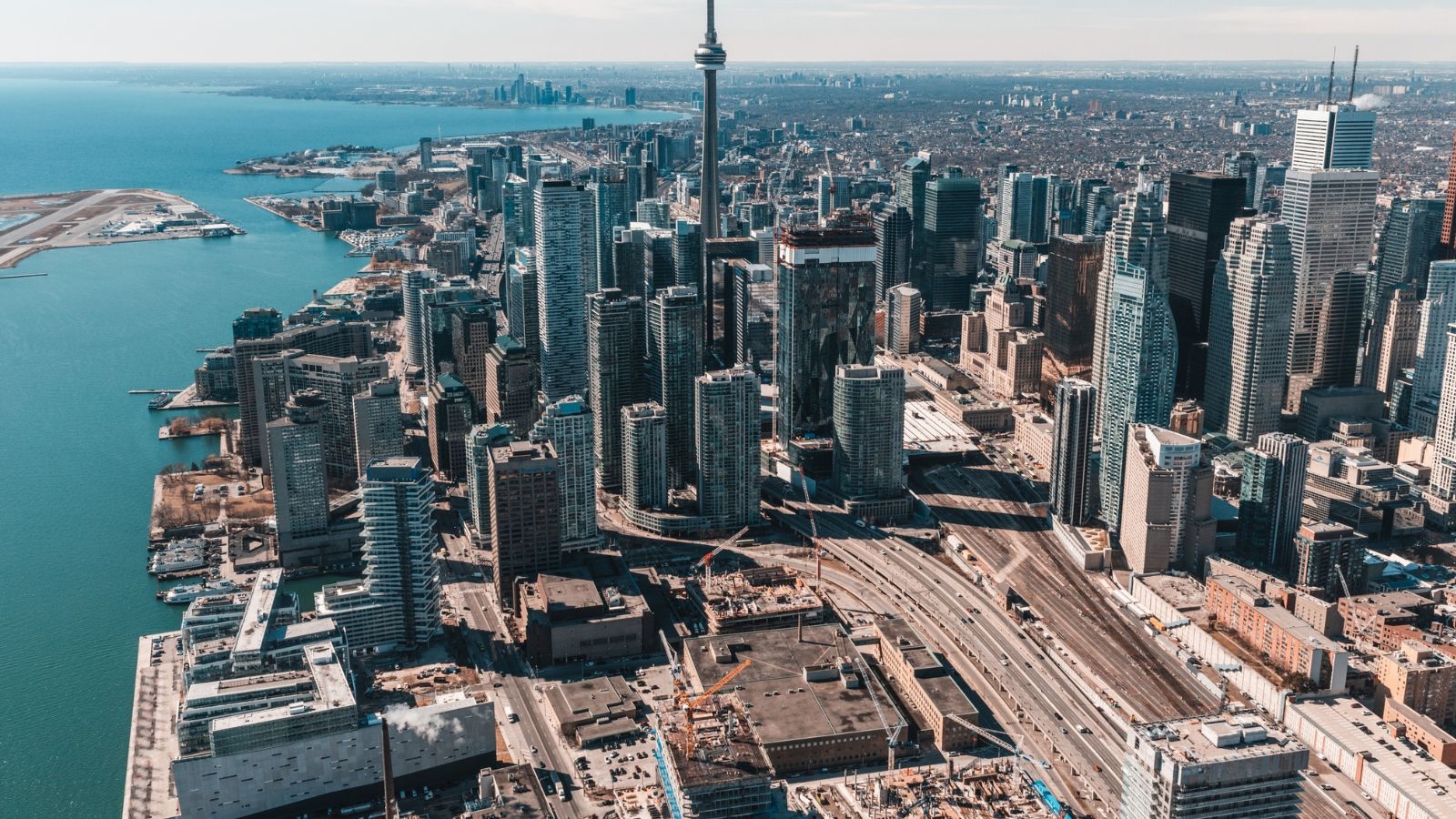
Toronto has adopted climate action plans that aim to reduce carbon emissions over the next few decades. The city has increased green roof requirements and invested in public transit expansion. Programs promoting tree planting and urban agriculture are ongoing. Toronto’s large population presents both opportunities and challenges for sustainability. Progress varies by neighborhood and sector.
Ottawa, Ontario
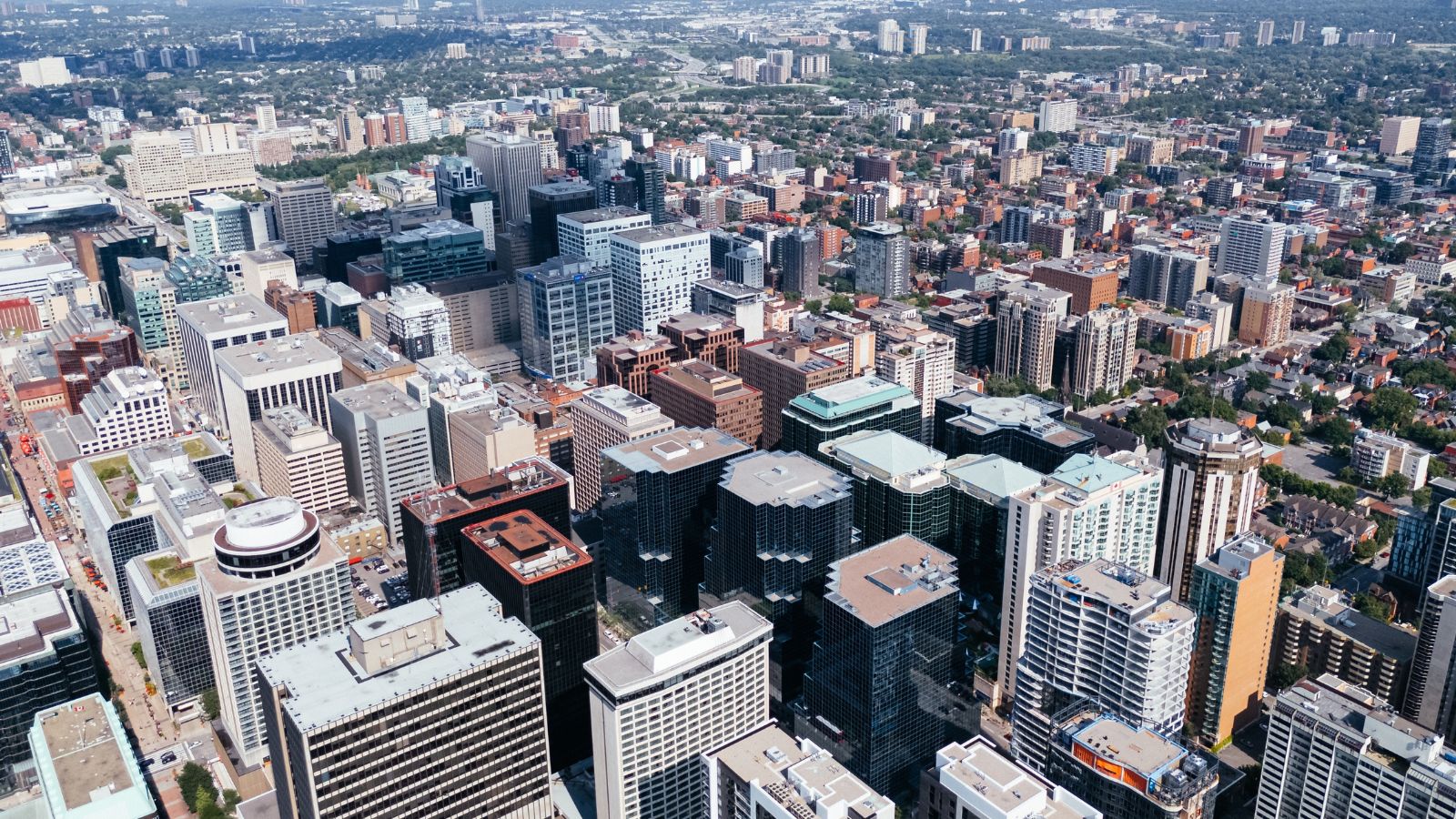
Ottawa is developing policies that promote energy-efficient buildings and renewable energy in city operations. The capital has increased bike paths and public transport accessibility. Urban planning includes consideration for green infrastructure. Local engagement in climate issues is evident. Ottawa’s approach includes both top-down and grassroots efforts.
Guelph, Ontario
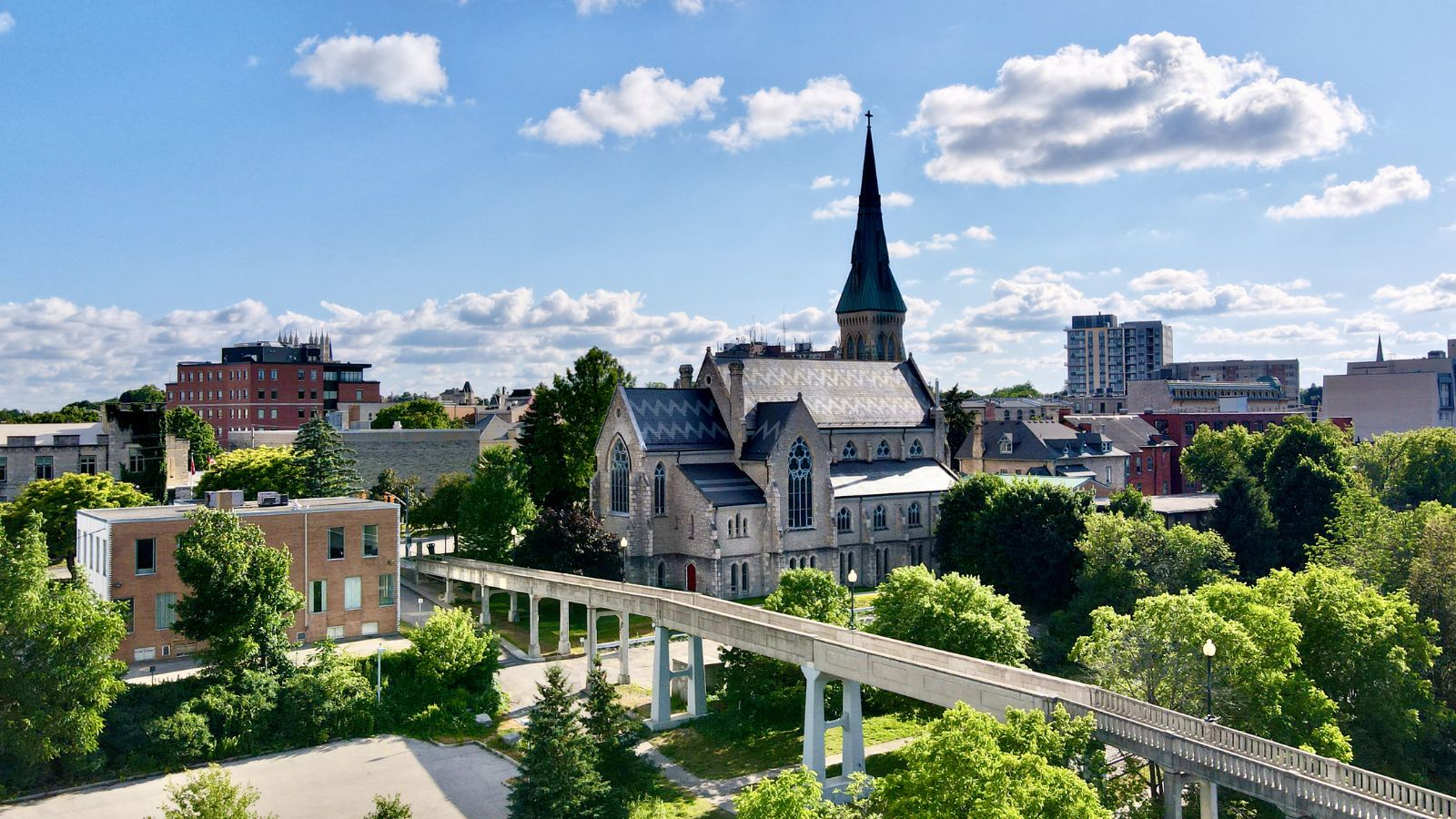
Guelph has developed strategies to manage water use and promote local food production. The city has a long-standing waste reduction and composting system. Green energy projects, including district energy systems, are being considered. Guelph encourages sustainability education in schools. Local leadership is often involved in environmental programs.
Kingston, Ontario
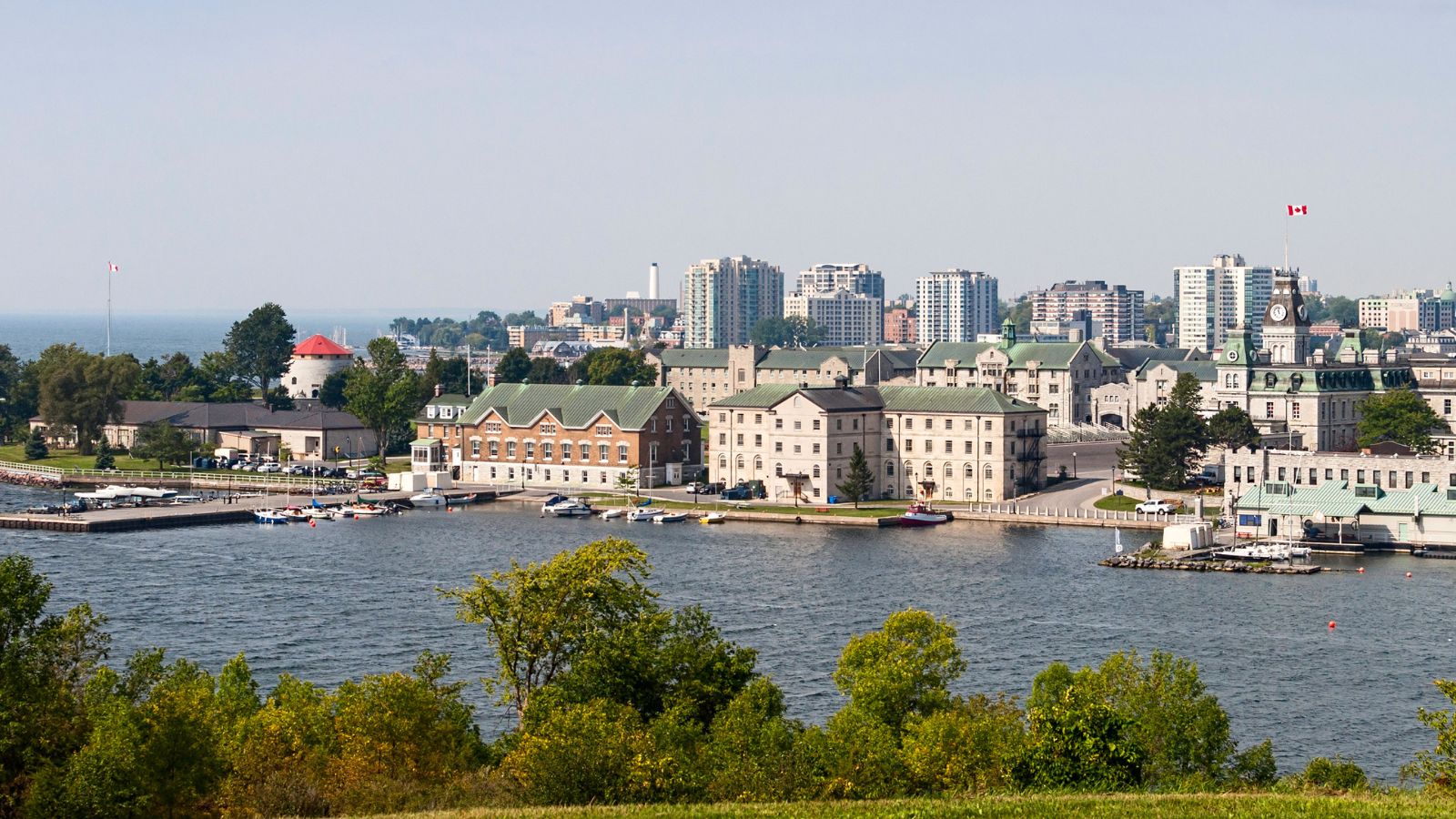
Kingston has committed to reducing greenhouse gas emissions and is working on adopting clean energy. The city has partnered with local organizations to promote sustainability. Transit improvements and walkability are being emphasized. Kingston supports community energy planning efforts. Its size allows for manageable and monitored progress.
London, Ontario
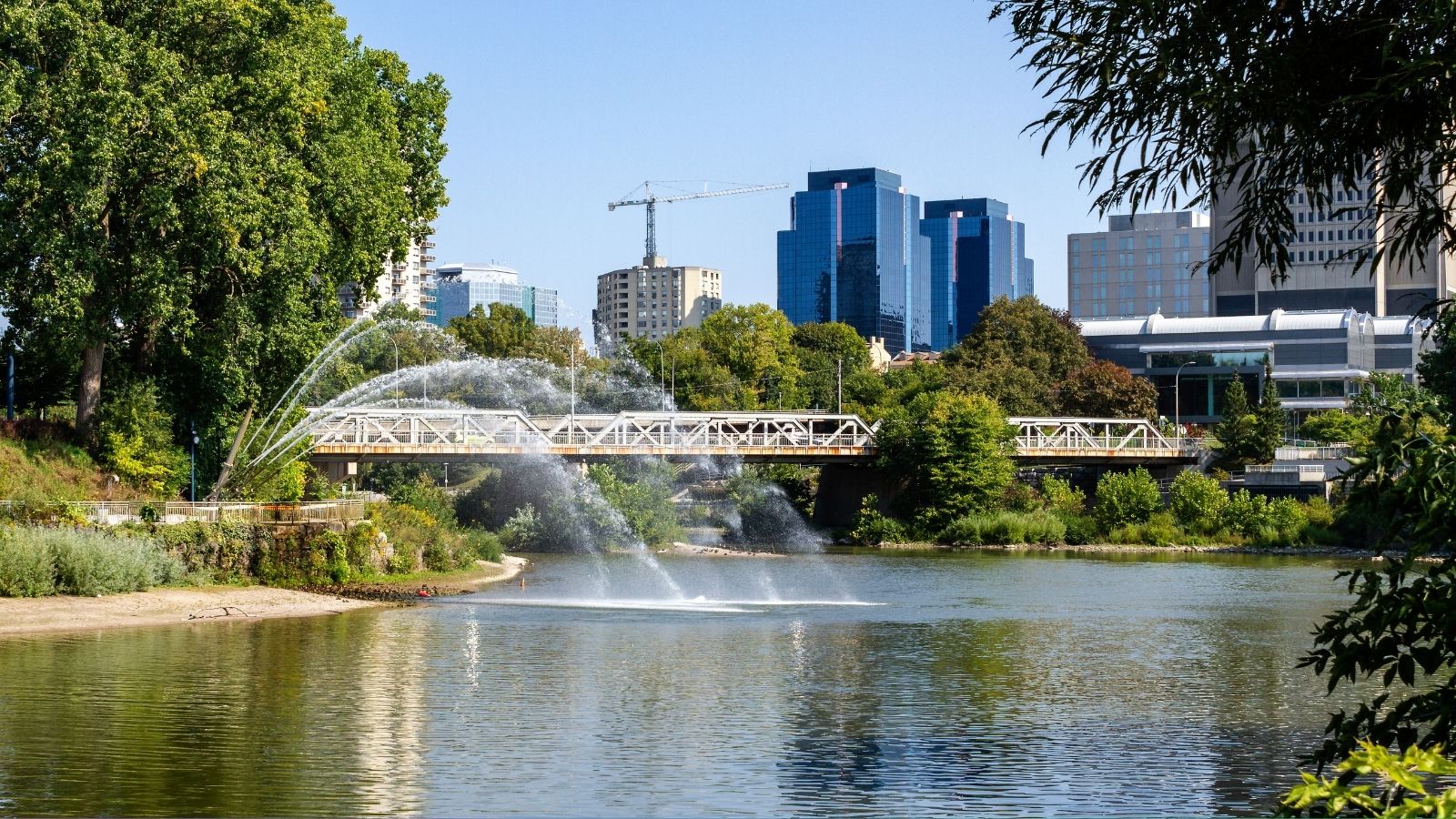
London has introduced strategies around reducing waste and enhancing energy efficiency in public buildings. Sustainable land use and transportation planning are also key goals. Local food programs and urban gardening projects are expanding. Residents are encouraged to participate in environmental programs. These efforts support long-term sustainability planning.
Hamilton, Ontario
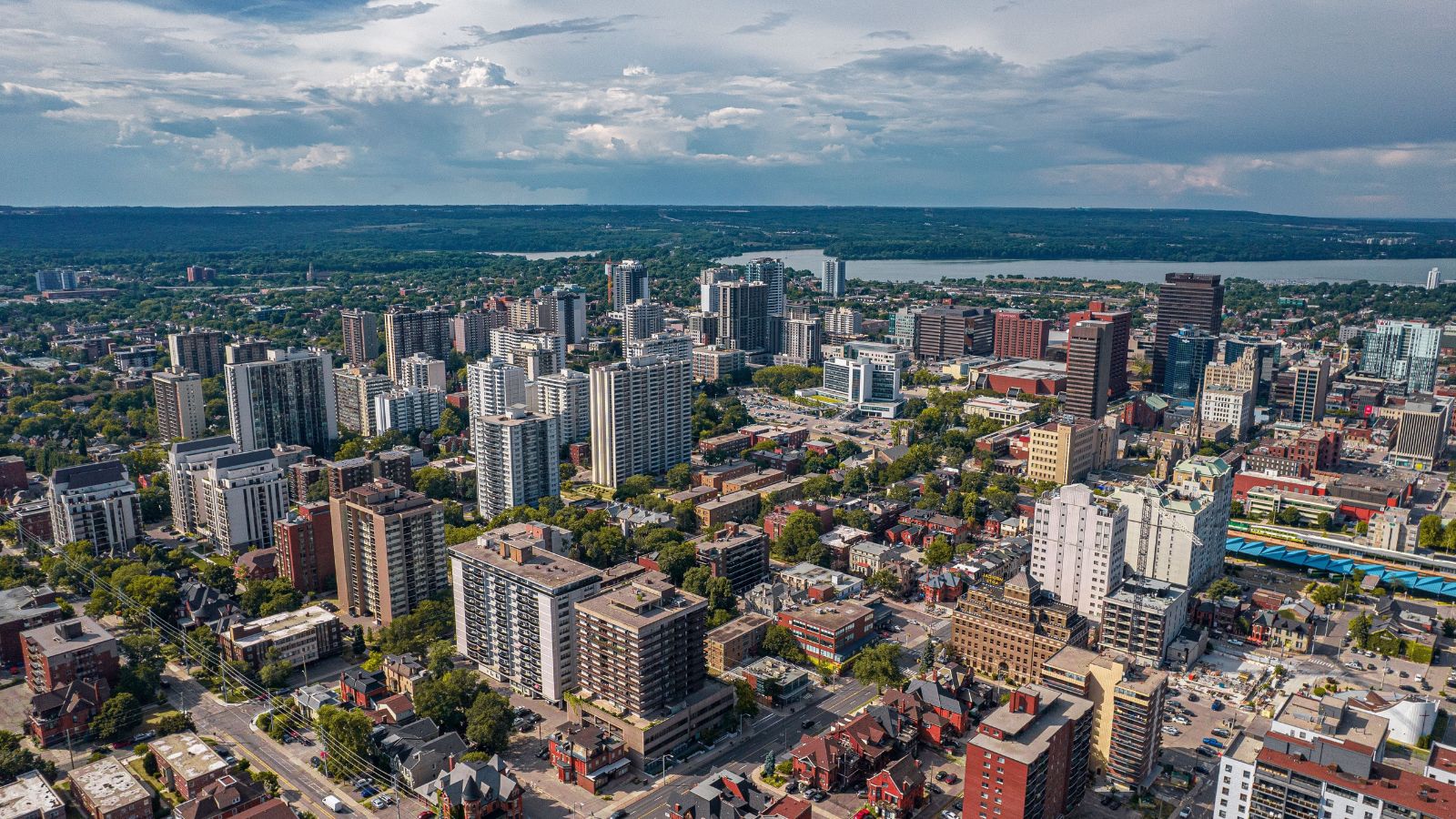
Hamilton is working on integrating sustainability into post-industrial redevelopment. Waterfront revitalization projects now include green space planning. Air quality monitoring and renewable energy options are being reviewed. Community-led environmental initiatives are active across neighborhoods. The city continues to adjust and refine its sustainability goals.
Vancouver, British Columbia
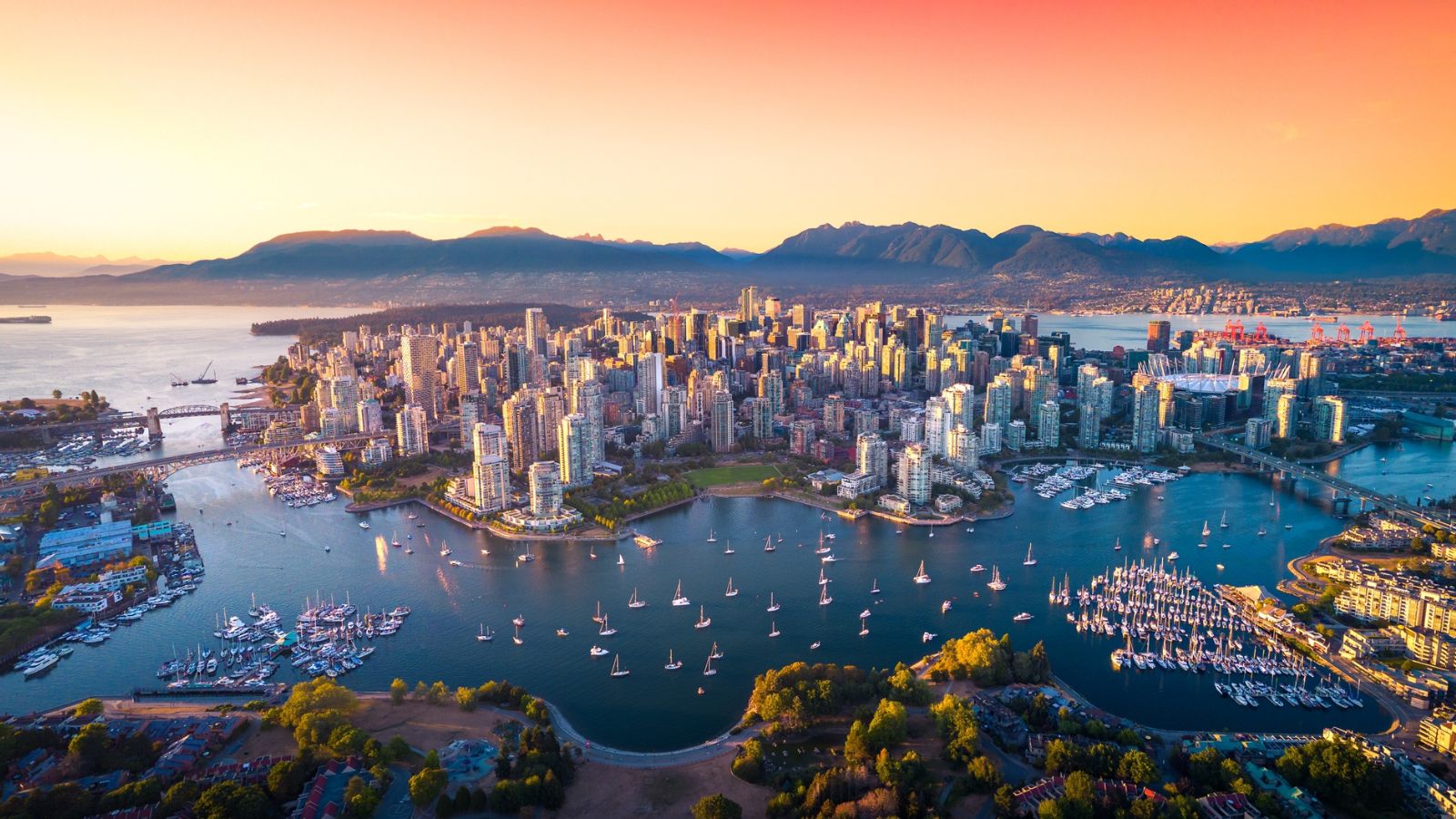
Vancouver has implemented a range of programs intended to improve sustainability, such as expanding bike lanes and supporting green building practices. The city is exploring more clean energy options and aiming to reduce waste. Public transit development continues to be a focus. Efforts also include enhancing green spaces and tree coverage. These initiatives reflect a city interested in lowering its environmental footprint.
Victoria, British Columbia

Victoria is working on strategies to reduce plastic waste and improve recycling programs. The city is investing in alternative transportation options and encouraging public engagement in environmental policies. Energy-efficient infrastructure and local food initiatives are also being explored. These efforts aim to improve community sustainability. Like many cities, progress is ongoing.
Nelson, British Columbia

Nelson has supported renewable energy sources, including a locally managed hydroelectric utility. The community has promoted initiatives for home energy efficiency and waste reduction. Local food markets and community gardens are common in the area. The city’s size allows for more community-driven solutions. Sustainability discussions often involve local input.
Peterborough, Ontario
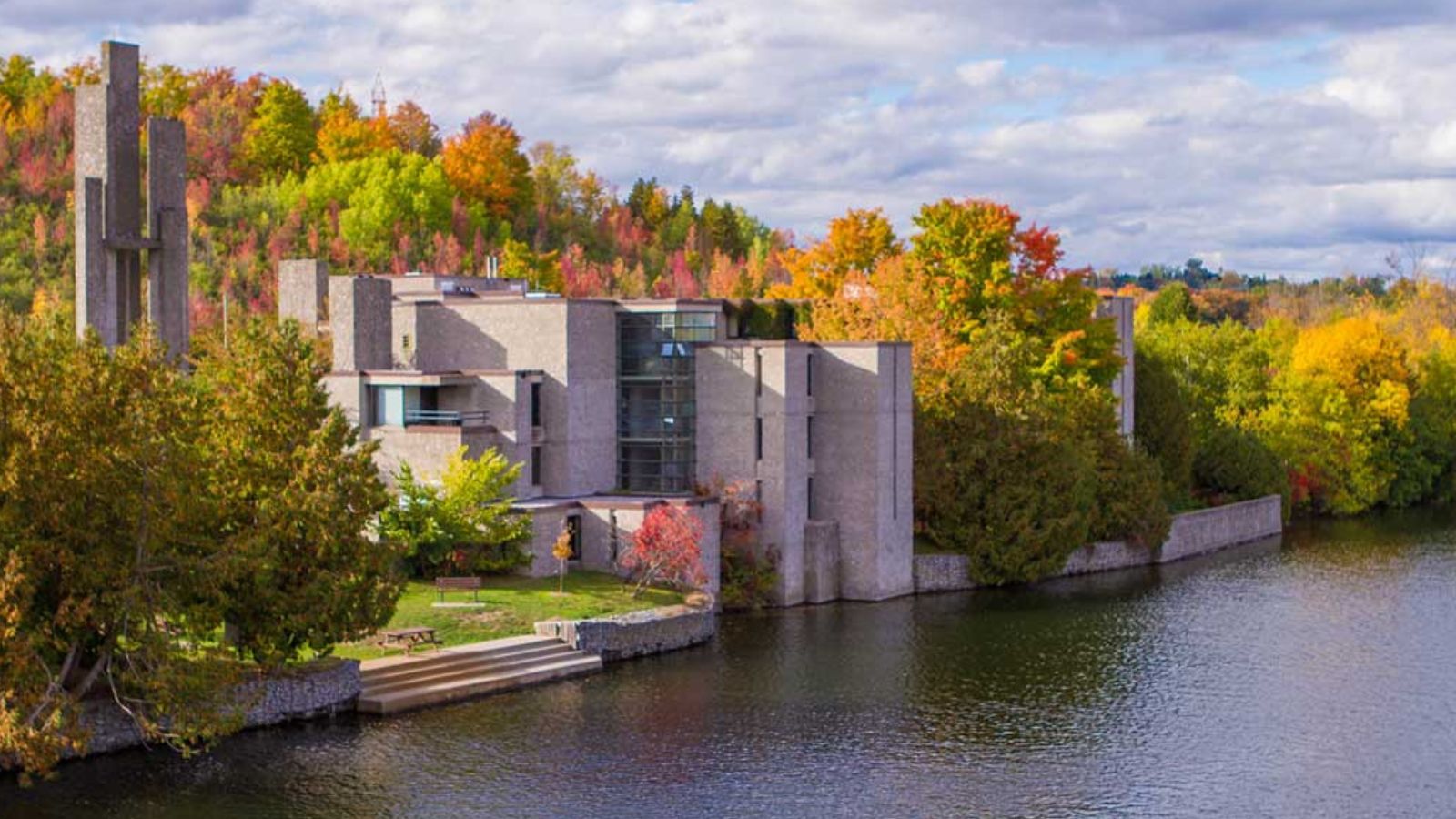
Peterborough supports urban forestry, local food markets, and sustainable housing projects. The city has introduced community energy plans and environmental workshops. Public bike-sharing and alternative transportation are growing in popularity. Collaborations with local organizations have played a role. Peterborough’s approach is centered on both education and action.
Montreal, Quebec
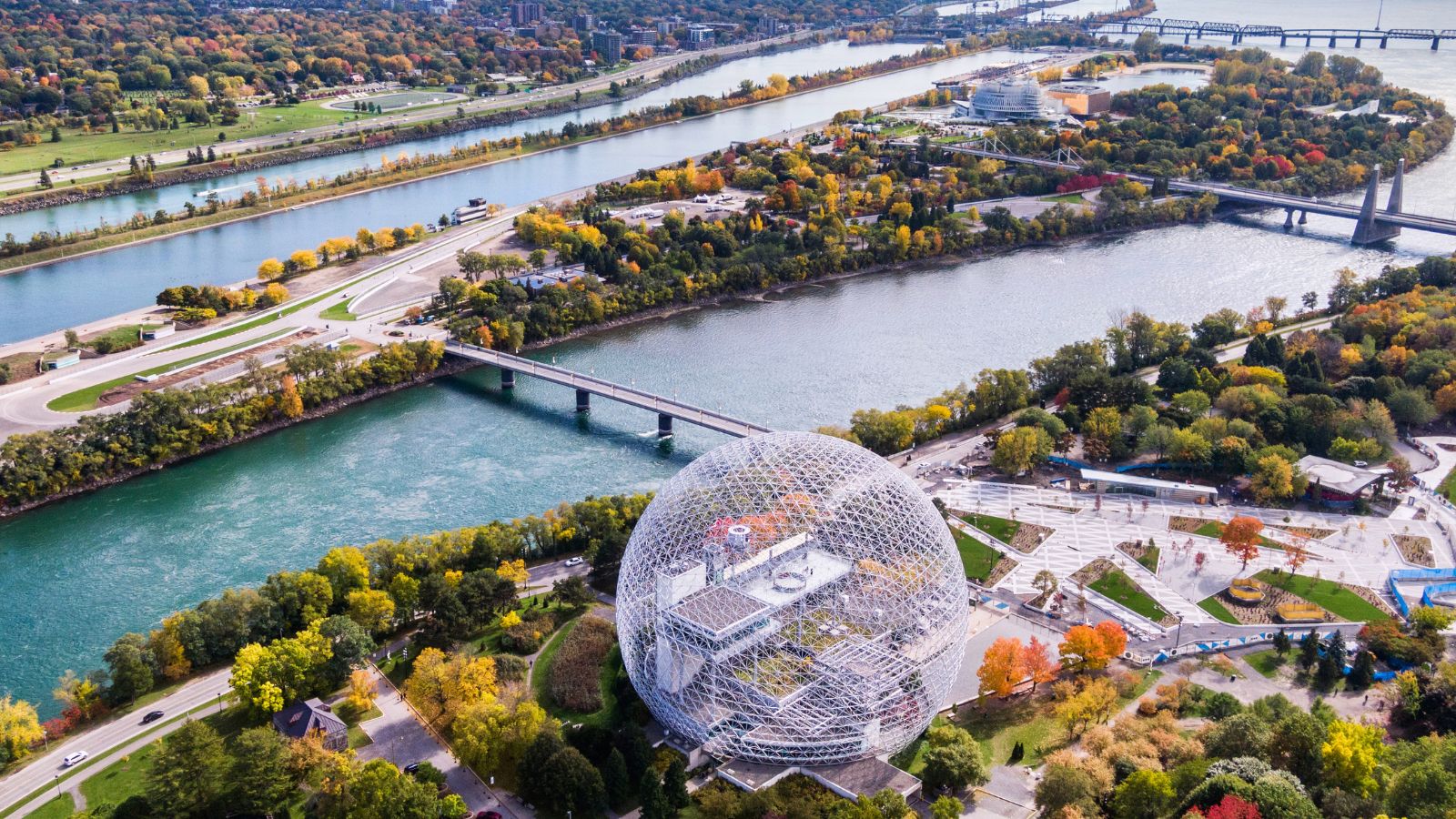
Montreal has adopted strategies to address emissions, urban agriculture, and eco-friendly transport. The city has invested in tree planting and climate-resilient infrastructure. Green alleyways and rooftop gardens are becoming more visible. Public interest in environmental issues is high. Montreal continues to integrate sustainability into its long-term urban plans.
Laval, Quebec

Laval is incorporating sustainability into its urban planning and transportation strategy. The city promotes water conservation, energy-efficient building practices, and green transit options. New developments include green space protection components. Citizens are encouraged to participate in sustainability programs. Laval is gradually increasing its focus on environmental goals.
Quebec City, Quebec

Quebec City’s plans include reducing emissions, increasing public transportation options, and promoting walkable neighborhoods. The city supports green roofs and sustainable housing efforts. Public education campaigns about environmental responsibility are active. Green corridors and protected areas are part of planning. Quebec City blends heritage with modern eco-initiatives.
Lévis, Quebec

Lévis is promoting urban agriculture, public green spaces, and waste reduction strategies. The city is encouraging alternative transportation and eco-friendly development. Programs to engage local youth in sustainability are being piloted. Environmental partnerships are part of the city’s broader planning approach. The city’s efforts are evolving steadily.
Rimouski, Quebec
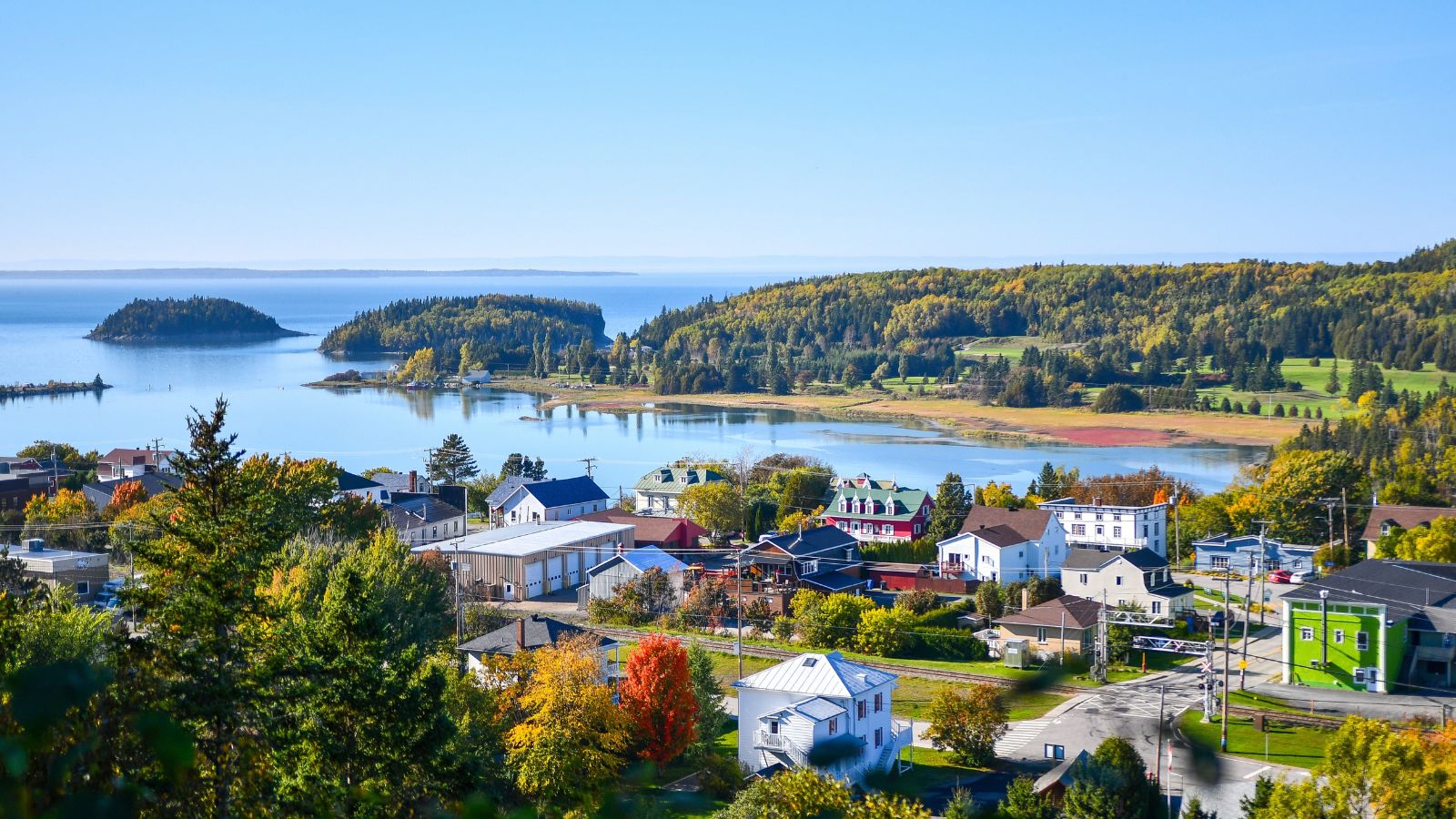
Located along the St. Lawrence River, Rimouski is exploring shoreline protection and local food sustainability. Waste reduction and public transport upgrades are part of its planning. The city supports environmental education in schools and public venues. Rimouski has initiated a number of small-scale sustainability projects. These efforts are part of its adaptive approach.
Saint John, New Brunswick

Saint John is considering environmental protection in urban planning, especially in areas prone to flooding. Renewable energy projects are under discussion, and community involvement is encouraged. Waste management and recycling education have been prioritized. Public awareness of climate issues is growing. Saint John continues to assess its progress in sustainability.
Fredericton, New Brunswick
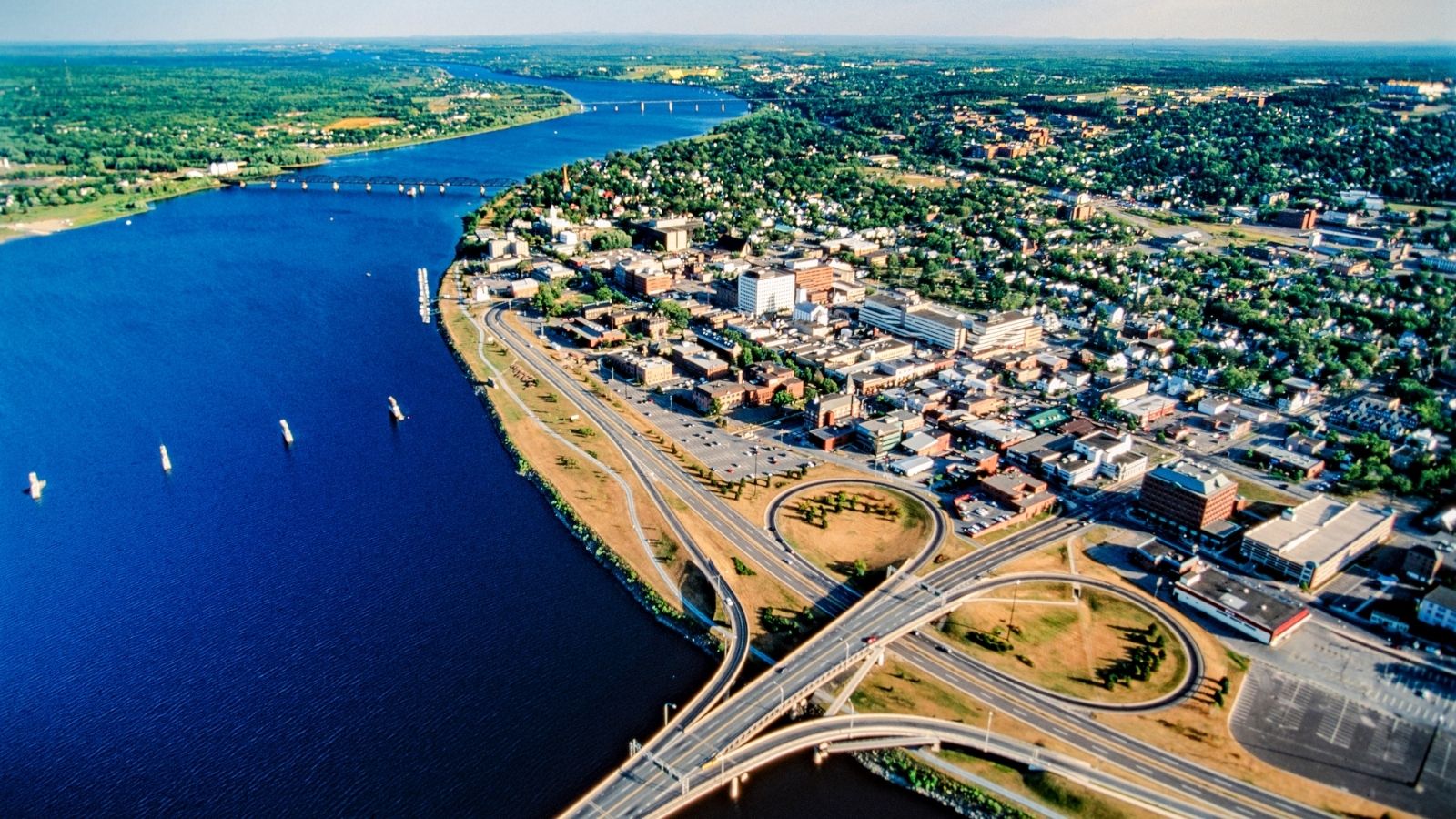
Fredericton is focusing on reducing municipal emissions and improving transit systems. Smart growth planning and environmental preservation are being incorporated into policy development. The city promotes eco-tourism and supports green infrastructure. Community-led green initiatives have gained traction. These steps reflect ongoing interest in environmental stewardship.
Halifax, Nova Scotia
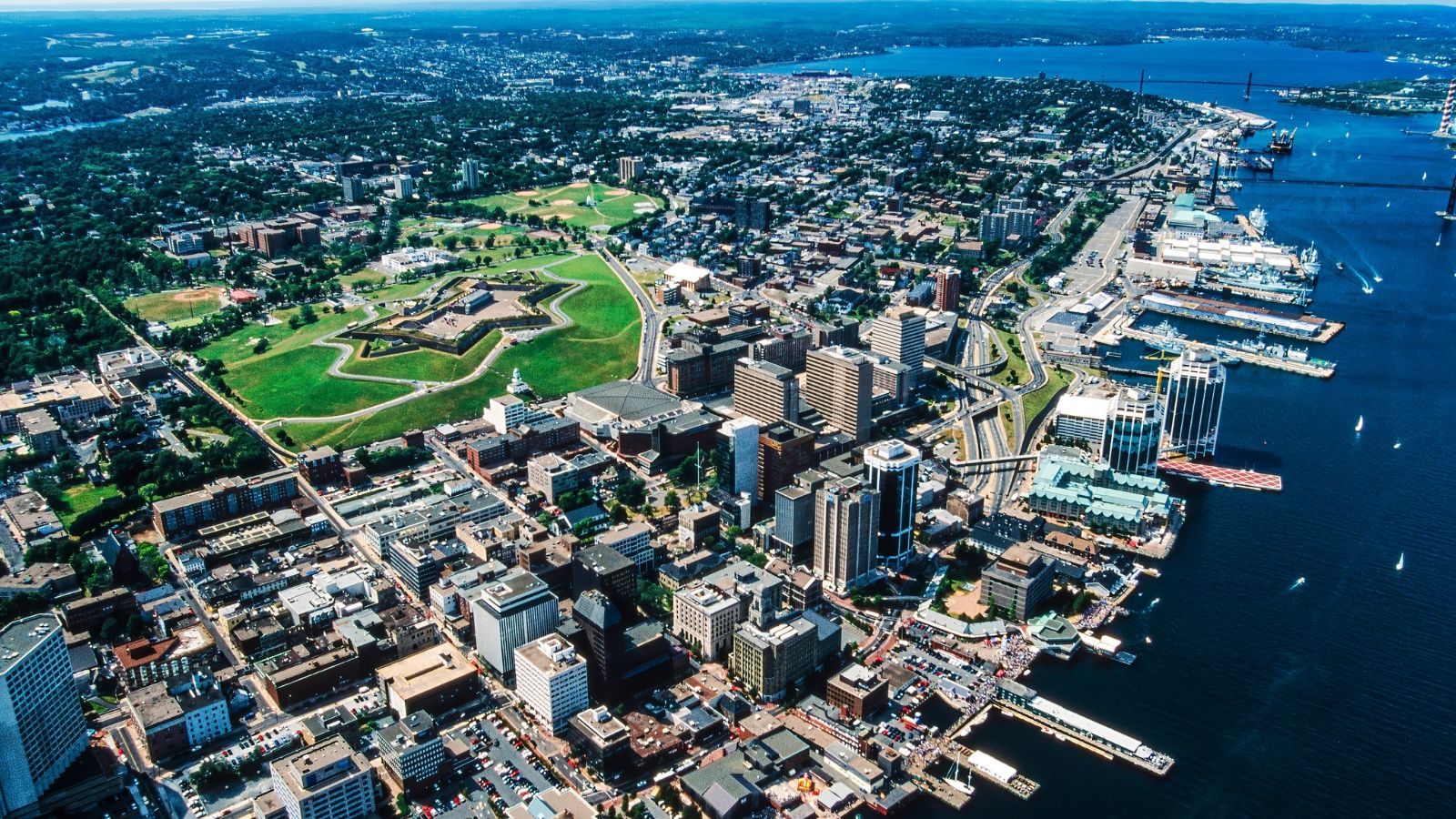
Halifax is integrating climate adaptation strategies into its coastal planning. Sustainable development and public transit improvements are high on the agenda. The city promotes energy efficiency in homes and municipal buildings. Local environmental groups play a role in outreach. Halifax is gradually developing policies to support long-term resilience.
Charlottetown, PEI
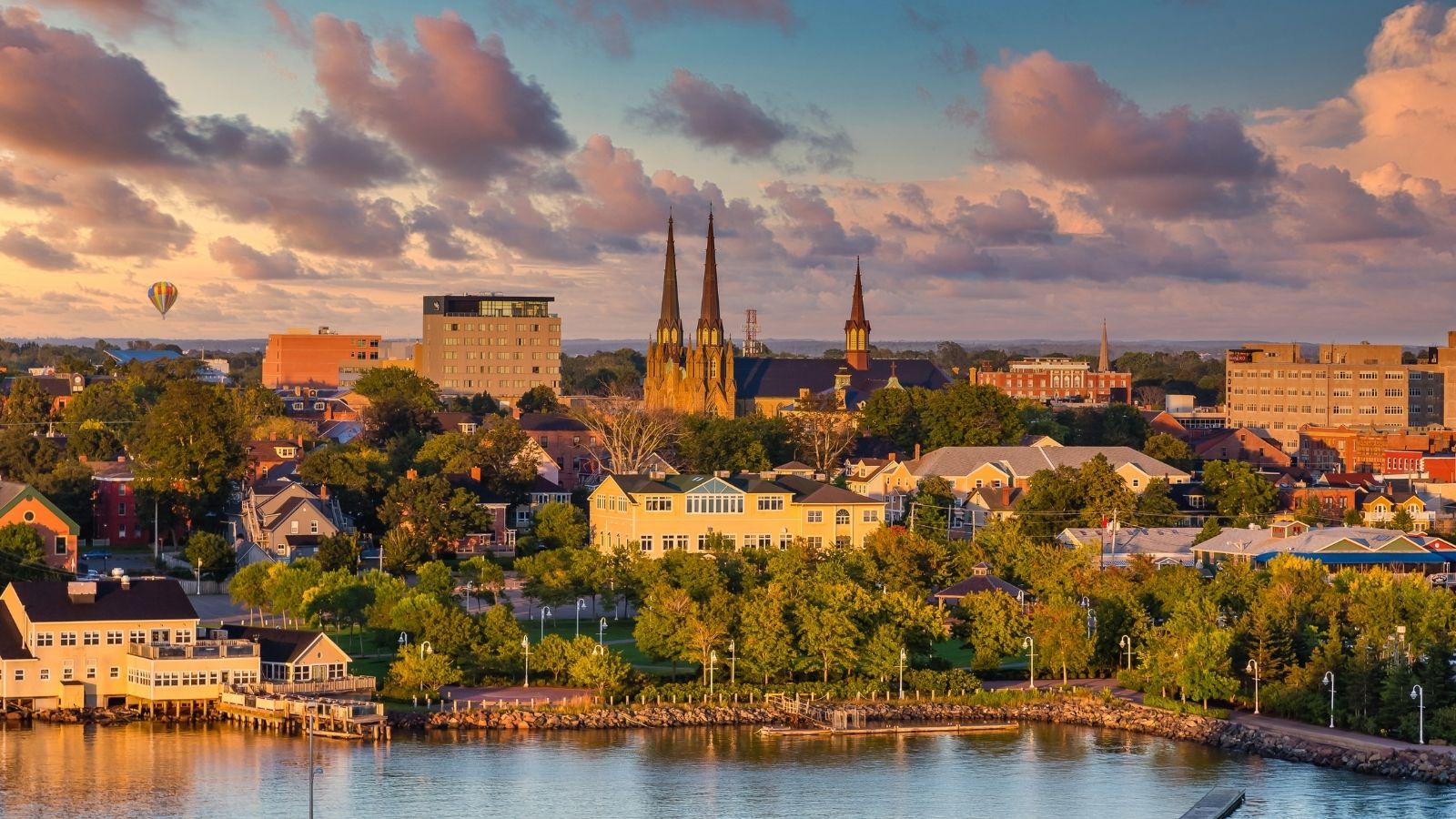
Charlottetown has focused on clean water initiatives and renewable energy opportunities like wind power. Community gardens and farmers’ markets are popular. Public infrastructure is being reviewed for energy efficiency. The city encourages sustainability events and public input. These programs reflect an evolving local interest in greener living.
Iqaluit, Nunavut
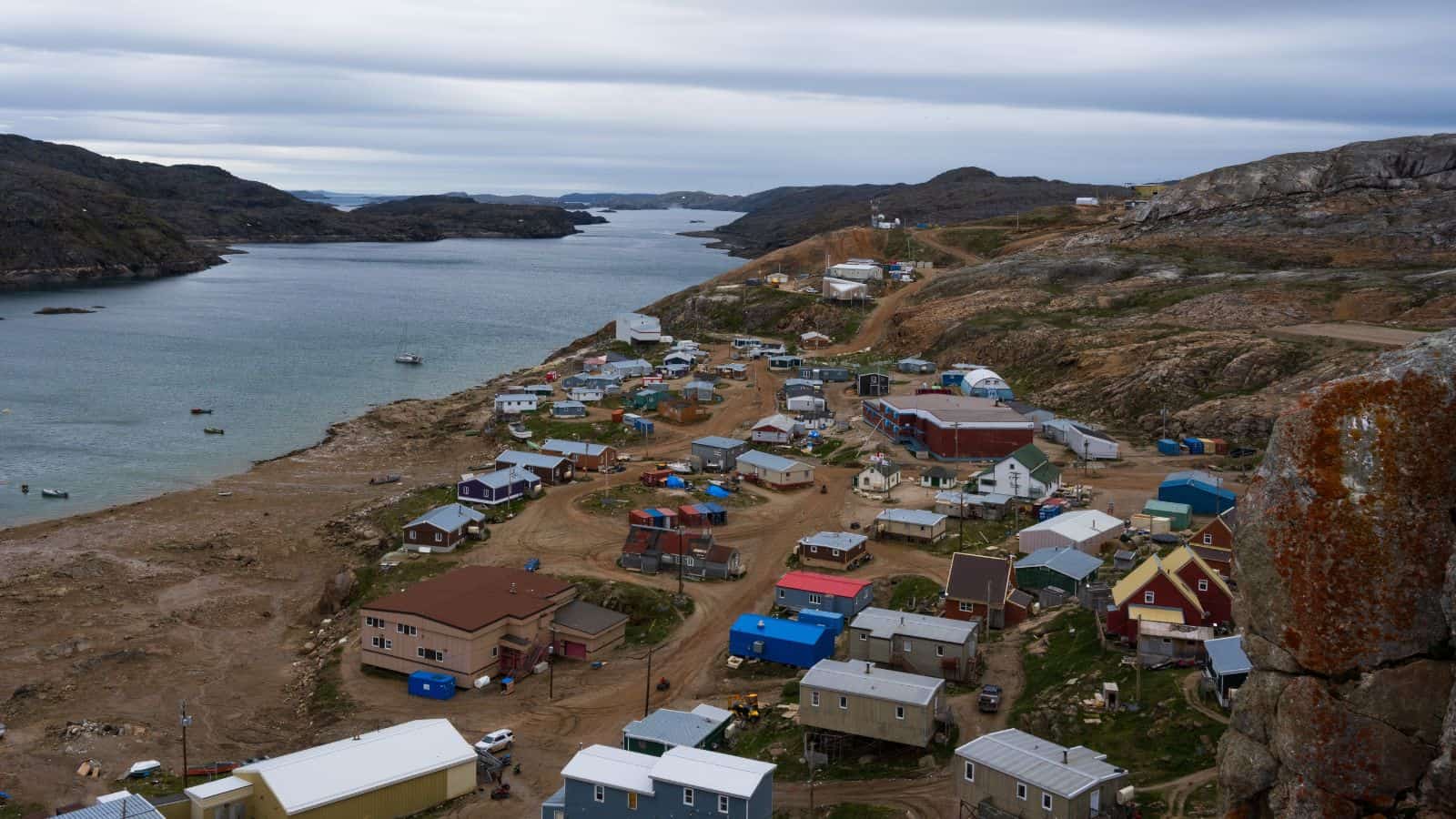
Iqaluit faces unique environmental challenges but is exploring alternative energy sources and improved waste handling. Community gardens and local food programs are being piloted. Infrastructure plans are increasingly climate-aware. Residents are actively involved in sustainability discussions. Iqaluit continues to adapt its plans to its northern context.
Whitehorse, Yukon
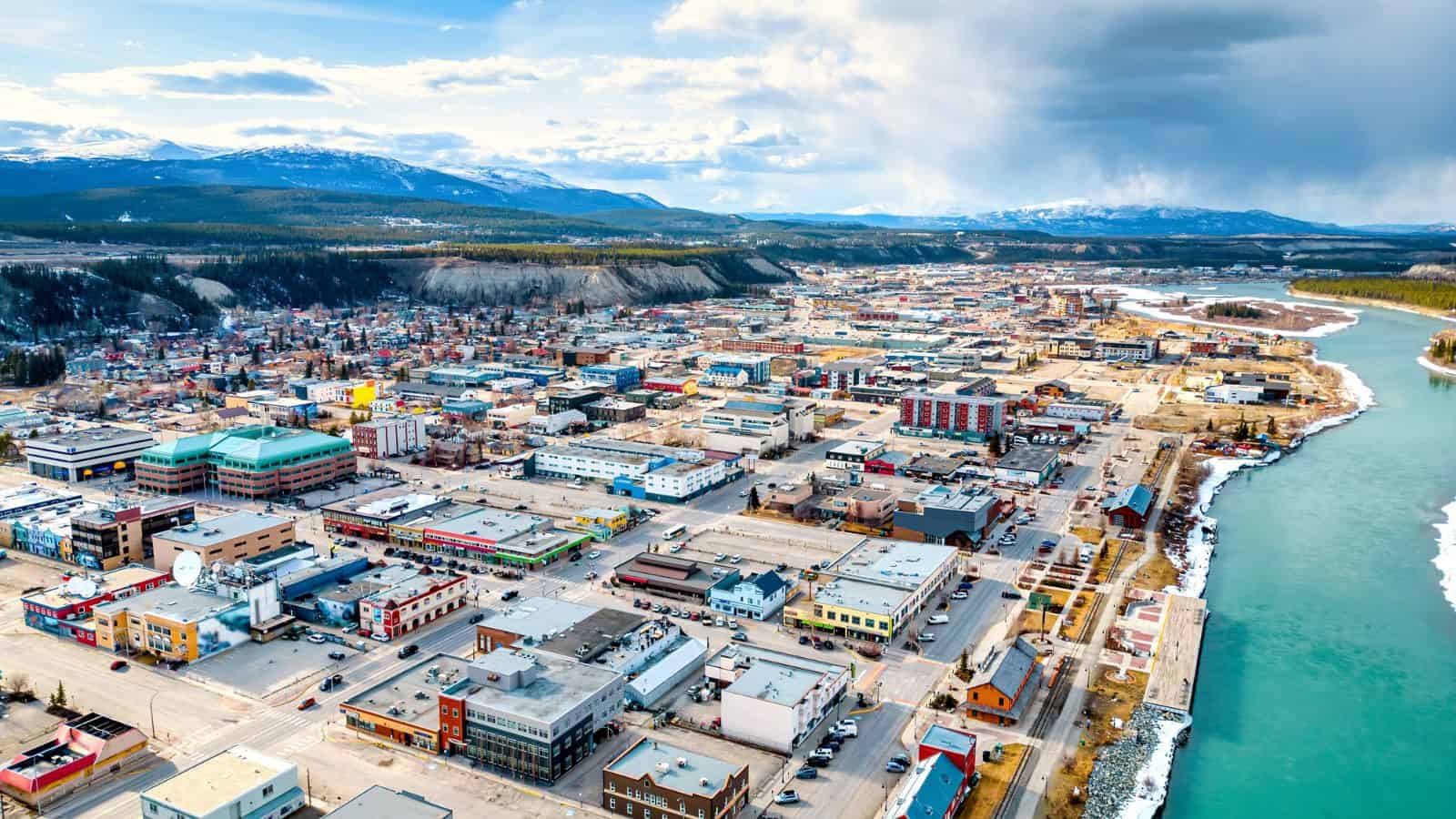
Whitehorse has made investments in solar energy and community-based recycling initiatives. The city promotes active transportation and green space protection. Local education on sustainability is increasing. Indigenous-led conservation efforts are also significant. Whitehorse demonstrates how remote communities can still engage with environmental priorities.
Conclusion

Canada’s commitment to sustainability is being shaped at the local level, where communities are taking proactive steps to address environmental concerns in ways that suit their unique landscapes and needs. From major urban centers like Vancouver and Toronto to smaller towns like Nelson and Guelph, these communities are working toward cleaner energy, reduced waste, and more sustainable living. While progress is ongoing and challenges remain, the examples shared here reflect a growing awareness of the need for long-term, environmentally conscious planning.
22 Times Canadian Ingenuity Left the U.S. in the Dust

When people think of innovation, they often picture Silicon Valley. However, Canada has a history of innovation, too. Whether it’s redefining sports, revolutionizing medicine, or just showing America up at its own game, Canadian inventors, thinkers, and dreamers have had their fair share of mic-drop moments. Here are 22 times Canadian ingenuity left the U.S. in the dust.
22 Times Canadian Ingenuity Left the U.S. in the Dust
